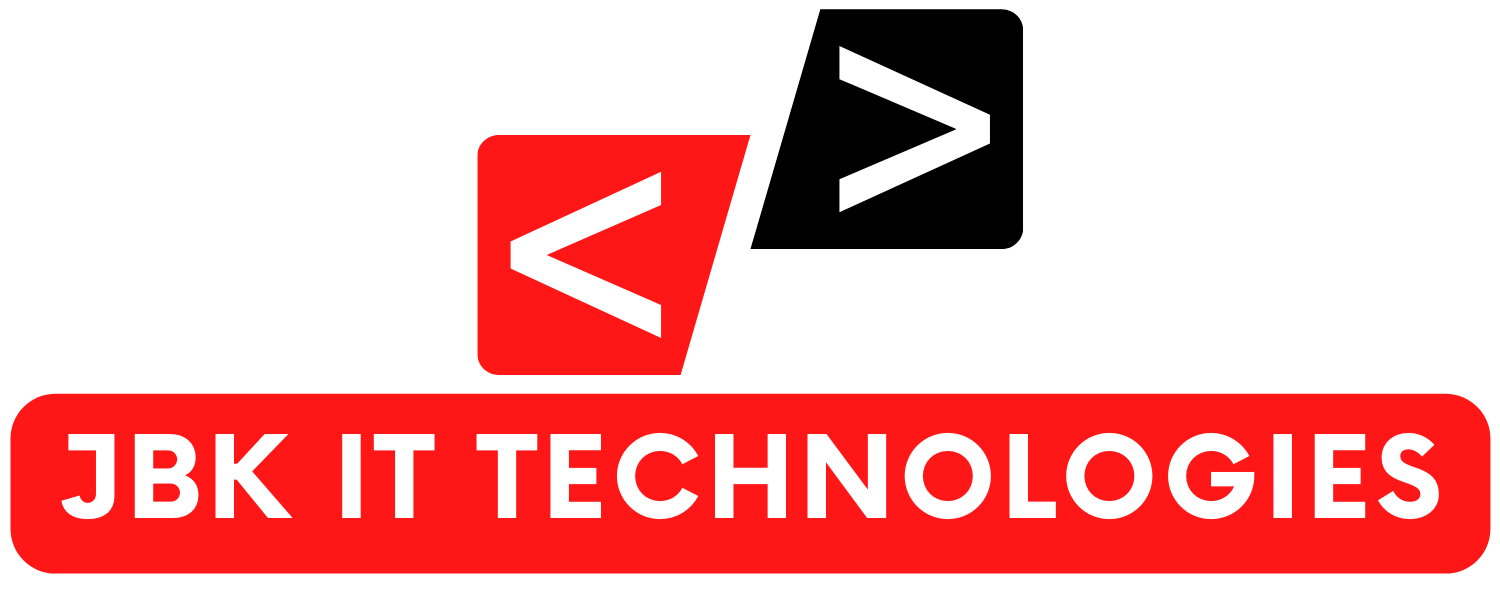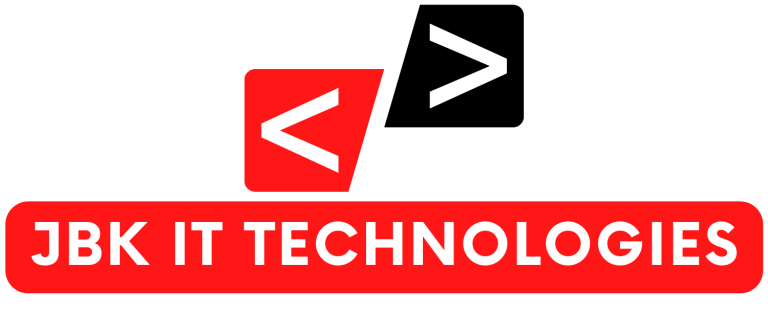Sure, I’d be happy to help you with some common interview questions and answers for a Python Fullstack developer role.
1: What is Fullstack Development?
Answer: Fullstack development involves working on both the front-end and back-end of web applications. It includes creating the user interface, handling server-side logic, and integrating databases.
2: Explain the difference between front-end and back-end development.
Answer: Front-end development focuses on creating the user interface and handling user interactions. Back-end development involves managing the server, databases, and handling the business logic.
3: What is Python?
Answer: Python is a high-level, interpreted programming language known for its simplicity and readability. It’s widely used in web development, scripting, data analysis, and more.
4: How do you create a virtual environment in Python?
Answer: You can create a virtual environment using the venv module. For example: python -m venv myenv.
5: What is Flask?
Answer: Flask is a lightweight web framework in Python used for building web applications. It’s known for its simplicity and flexibility.
6: How do you route URLs in Flask?
Answer: In Flask, you can define routes using the @app.route() decorator. For example:
from flask import Flask
app = Flask(__name__)
@app.route('/')
def home():
return 'Hello, World!' 7: What is Django?
Answer: Django is a high-level Python web framework that encourages rapid development and clean, pragmatic design. It follows the Model-View-Controller (MVC) architectural pattern.
8: Explain the MVC architectural pattern.
Answer: MVC stands for Model-View-Controller. It’s a design pattern where the Model represents the data and business logic, the View handles the presentation and user interface, and the Controller manages the communication between the Model and View.
9: How do you connect a Django application to a database?
Answer: Django uses an Object-Relational Mapping (ORM) system. You can configure the database settings in the settings.py file and define your models as Python classes.
10: What is RESTful API?
Answer: RESTful API (Representational State Transfer) is an architectural style for designing networked applications. It uses HTTP methods (GET, POST, PUT, DELETE) to perform CRUD operations on resources.
11: How do you make an API request in Python?
Answer: You can make API requests using libraries like requests. For example:
import requests
response = requests.get('https://api.example.com/data')
data = response.json() 12: What is version control, and how is it useful in a Fullstack development environment?
Answer: Version control is a system that tracks changes to code over time. It’s useful in Fullstack development to collaborate, track changes, and revert to previous versions easily.
13: Explain the concept of a “cookie” in web development.
Answer: A cookie is a small piece of data stored on the user’s device by the web browser. It’s often used to store user preferences, session information, and tracking data.
14: What is AJAX? How does it work?
Answer: AJAX (Asynchronous JavaScript and XML) is a technique that allows you to update parts of a web page without requiring a full page reload. It uses JavaScript to make asynchronous requests to the server and update the content dynamically.
15: How can you secure a web application against common vulnerabilities?
Answer: You can secure a web application by implementing proper authentication and authorization, input validation, using HTTPS, keeping software libraries updated, and implementing proper error handling.
16: What is SQL injection, and how can it be prevented?
Answer: SQL injection is a type of cyber attack where malicious SQL queries are injected into input fields to manipulate a database. It can be prevented by using parameterized queries or prepared statements.
17: Explain the concept of a “session” in web development.
Answer: A session is a way to store user-specific data on the server between different requests from the same user. It’s often used for maintaining user authentication and other temporary data.
18: What is caching, and why is it important for web applications?
Answer: Caching involves storing frequently used data in memory to reduce the need to fetch it from the server. It improves the performance and responsiveness of web applications.
19: How do you deploy a web application built with Django?
Answer: You can deploy a Django application using platforms like Heroku, AWS, or DigitalOcean. The deployment process involves setting up the server, configuring the database, and deploying your code.
20: What is Docker, and how is it used in Fullstack development?
Answer: Docker is a platform for developing, shipping, and running applications in containers. It’s used in Fullstack development to create consistent development and deployment environments.
21: How can you optimize the performance of a web application?
Answer: Performance optimization involves techniques like minimizing HTTP requests, optimizing images, using content delivery networks (CDNs), reducing database queries, and implementing caching.
22: What is the purpose of a web server and an application server?
Answer: A web server (e.g., Nginx, Apache) handles incoming requests and serves static files, while an application server (e.g., Gunicorn, uWSGI) runs the application code and processes dynamic requests.
23: Explain the concept of “Single Page Application” (SPA).
Answer: A Single Page Application is a web application that dynamically updates a single web page without requiring full page reloads. It provides a smoother and more responsive user experience.
24: What is Git, and how does it help in Fullstack development?
Answer: Git is a distributed version control system that allows developers to track changes in code, collaborate on projects, and manage different versions of their codebase efficiently.
25: How do you handle cross-origin requests in a web application?
Answer: Cross-Origin Resource Sharing (CORS) is used to control how web browsers allow web pages from different origins to interact. You can configure CORS settings on the server to specify which origins are allowed to access your resources.
Remember, these are just sample questions and answers to help you prepare for your interview. Make sure to understand the concepts thoroughly and be ready to discuss your experience and problem-solving skills in Python Fullstack development. Good luck!


Thank you for your sharing. I am worried that I lack creative ideas. It is your article that makes me full of hope. Thank you. But, I have a question, can you help me?